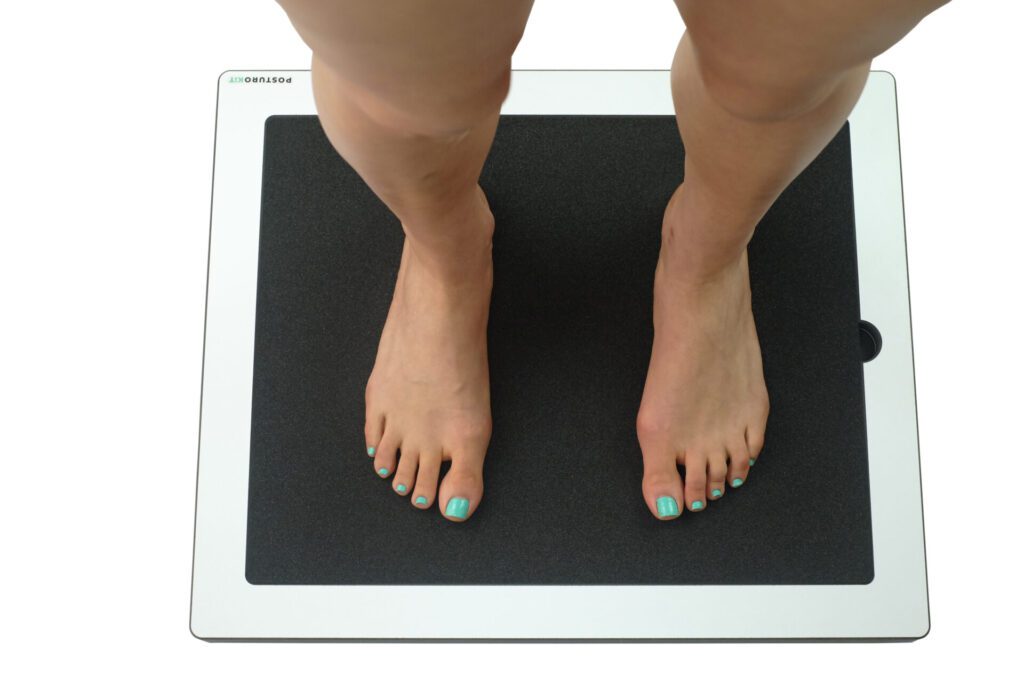



Nearly 30% of French people suffer from chronic pain. They compromise the well-being and handicap the daily life of those affected. Fortunately, today, there are many solutions to relieve them. However, it happens that despite all the medical appointments with specialists, medications, non-pharmacological treatments, … Nothing works. In this situation, to relieve the pain, it is necessary to understand the cause. Either be able to detect the malfunction at the source in order to deal with it.
It is precisely to help this type of case that posturology experts have developed the postural assessment.
the postural assessment is a comprehensive examination that consists of study the whole posture of an individual. This clinical examination is a diagnostic tool for the practitioner. It is not intended to treat the postural disorder, the pain or any pathology but to detect where the problem comes from.
It takes place in several stages, in order to analyze the upright postural system (S.P.A.) of the person as a whole. Indeed, the SPA is what allows the human body to maintain postural balance: standing, static or moving, in space. And this system has 6 sensory sensors (feet, eyes, ears, jaw, skin, joints) that must be analyzed separately to find out which ones are causing the problem. After having carried out all the tests, the posturologist is able to determine the sensor or sensors that are at the origin of the imbalance and to make a complete postural diagnosis. This diagnosis allows the practitioner and his patient to determine the appropriate medical solutions to treat the sensors involved.
When a sensory sensor is out of order or malfunctions, it affects the whole posture: the head, shoulders, hips and feet are no longer aligned. Even if, of course, the body adapts to compensate, pain can still appear. It seems hard to imagine but a scar, a misaligned jaw, flat feet, etc., can alone lead to an imbalance that will impact the whole posture and therefore cause greater problems.
Hence the importance of posturology and postural balance: this is the way to detect which sensors cause poor posture. From there, the specialist knows the reason for the postural imbalance and therefore the pain.
The assessment is divided into 3 stages in order to have a global vision of an individual’s balance capacities and therefore allow a complete postural diagnosis.
This first step allows determine the class of postural imbalance as well as a diagnostic orientation of the incriminated sensor(s).
It consists of an examination Vertical of Barré which is a must in posturology.

To carry out this examination, a positioner is used on which the person stands in a standing position. A laser is projected vertically:
During these tests, the doctor asks the person to make movements (turning the head slowly as far as possible to the right then to the left, bending, self-correction, etc.) to see if this changes the position of the laser projection.
All these tests are used to recognize what type of imbalance we have to do and to test the sensors as a whole.
Thanks to this examination, we can also test the skin sensor. Indeed, a scar can create imbalances. These tests must therefore be carried out by temporarily neutralizing the postural impact of the scar.
Thus, we already have an overview of what could be the problem before starting step 2.

The second step is all the tests, in order to study the 6 sensory sensors. To do this, the practitioner uses several medical devices. This step takes about fifteen minutes.
1. First of all, these are the feet which are analyzed, thanks to a podoscope.

2. Next, we focus on the cephalic sensors (mandibular, ocular and vestibular) with the foam tray . The latter also accentuates pelvic-pedial asymmetries. Thus, different tests are possible:
3. Now we have to make sure that the visual sensor does not present any asynchrony with the Maddox-test and the cover test.
This examination also makes it possible to measure the impact of postural treatment on the eyes.
After collecting all the data during the tests and diagnosing the imbalances, the role of the practitioner is to propose appropriate solutions. For each sensor involved, there is a medical treatment adapted to asynchrony. Thus, the doctor must redirect his patient to the appropriate health professionals and disciplines:

In order to complete your practice of posturology and satisfy the request of your patients to carry out a complete postural assessment, Posturokit offers you kits and all the necessary equipment.
Find us on our e-shop here.